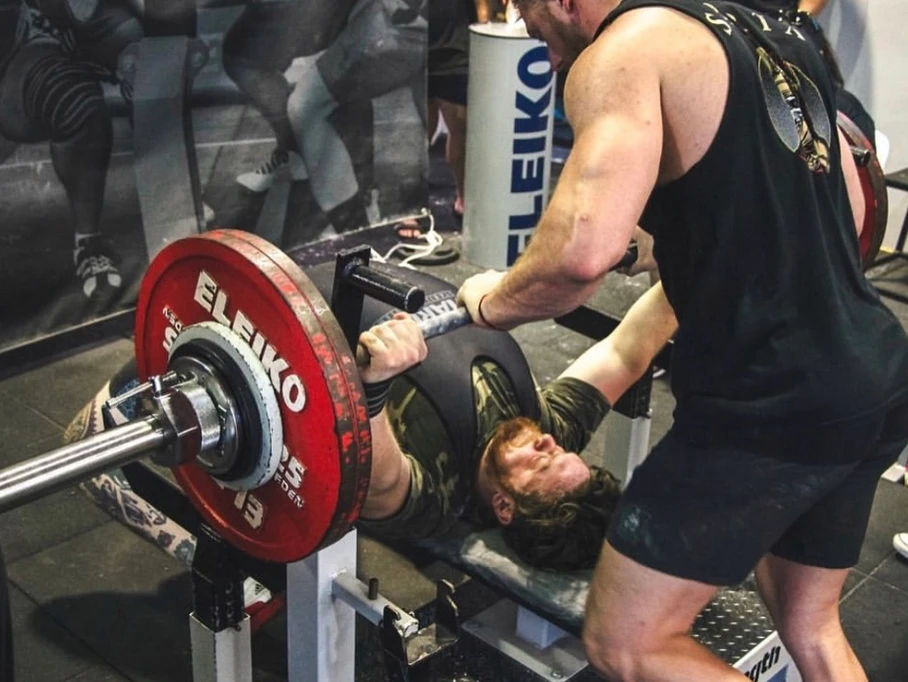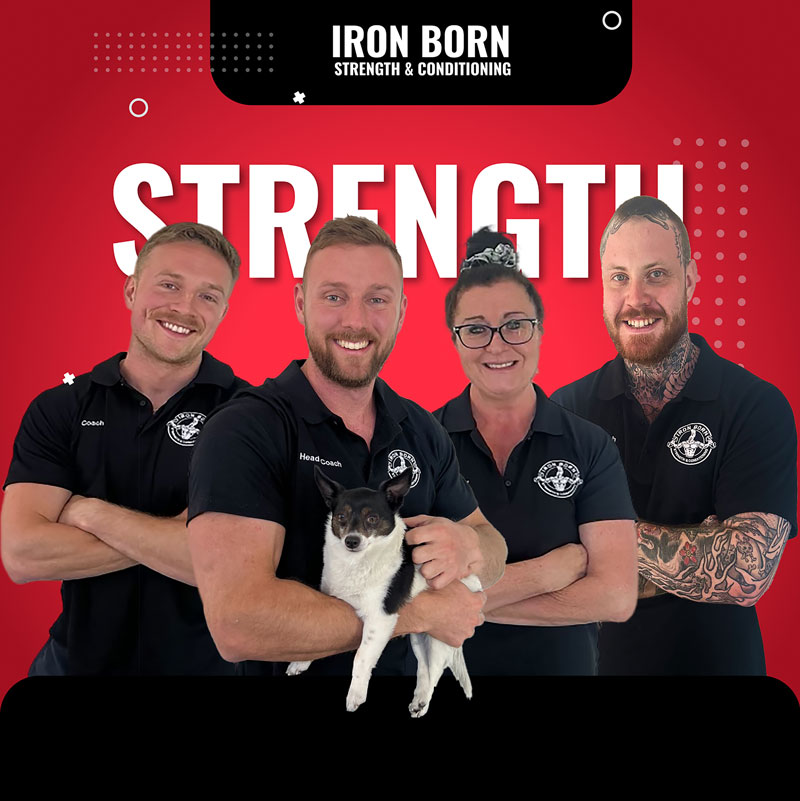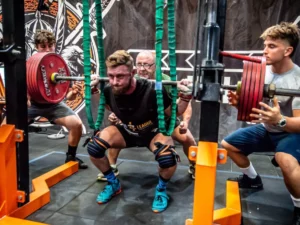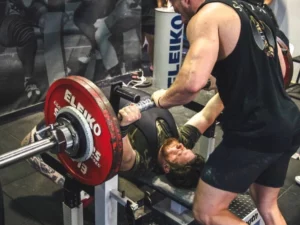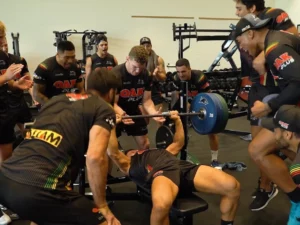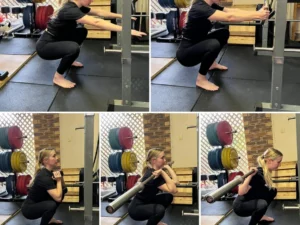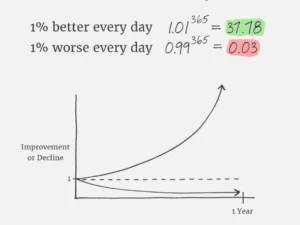One of my favourite quotes every said in regards to strength training is by Pavel Tsatsouline.
“Strength is a skill.”
The common consensus I see in the gym, is people “working out” trying to go as hard as they can, hoping that over time they will become stronger. People assume strength is something that just happens when you lift a lot of weight a lot of times. This is true in some ways, but the real secret behind strength is the lifters skill. Today I will be talking about Pavel’s concept and why I think it is the most important aspect of developing strength.

Strength is a skill
If you want to get incredibly strong, you need to start by removing “workouts” from your head. We are in the gym to TRAIN, and PRACTISE. The time for going heavy and fatiguing yourself is at competition or a testing day planned months ahead of time. The goal behind each one of your sessions is to increase your skill and efficiency of your lifts whilst strengthening your weak areas with accessories. If you are going in to the gym and lifting as much as possible frequently, you are stunting your own strength potential.
Now lets talk about what strength actually is.
What actually is strength?
By definition “Physical strength is the measure of an animal’s exertion of force on physical objects. Increasing physical strength is the goal of strength training.”
But how do we increase it?
Strength is a neuromuscular adaption. When you apply proper training principles, the nervous system learns to recruit more muscle over time. The more efficient your muscle recruitment is, the more weight you will be able to move.
For example, a normal person can recruit roughly 50% of their muscle fibres, whereas athletes –through training correctly– can recruit up to 70%.
Eddie Hall, the world’s strongest man in 2017, actually went to push beyond this 70% for his 500kg deadlift. He spent months with psychiatrists and hypnotherapists learning how to tap into his fight or flight scenario. This scenario allows up to 100% of muscle fibre recruitment and is what allows mothers to pick up cars when circumstances arise, but can lead to devastating backlash as it is insanely taxing on the body.
How to apply this into Training/Powerlifting?
The first step, and most important, is finding someone who has made plenty of people insanely strong and having them look at how you move and tell you what you can improve on for your particular lift.
From here your programming needs to reflect on the fact you are trying to implement new skills into training. You should be lifting somewhere between 40-60% of your 1 rep max for several sets of 1-3 repetitions. The goal here is not to train to muscular fatigue, it is to PRACTISE your new found skill until it becomes subconscious.
The perk of doing such light weight, is you can train with extremely high FREQUENCY. You can bench press every single day if you want to – as a matter of a fact, some of the strongest lifters in the world do! Just keep it light, and make every rep as perfect as possible.
Obviously, you can’t lift like this for ever – apply normally progressive strategies and slowly build back up to something heavier and then guess what….
CONTINUE PRACTISING. Spend some time lifting 75-80% for sets of 2-5 reps practising the new skill under some actual load.
Finally when your coach thinks it is time, they will plan to peak your lift and let you test your new 1 rep max.
Now stop “working out” and start “TRAINING”!
Want to work with the Iron Born Team?
Get Started Today

